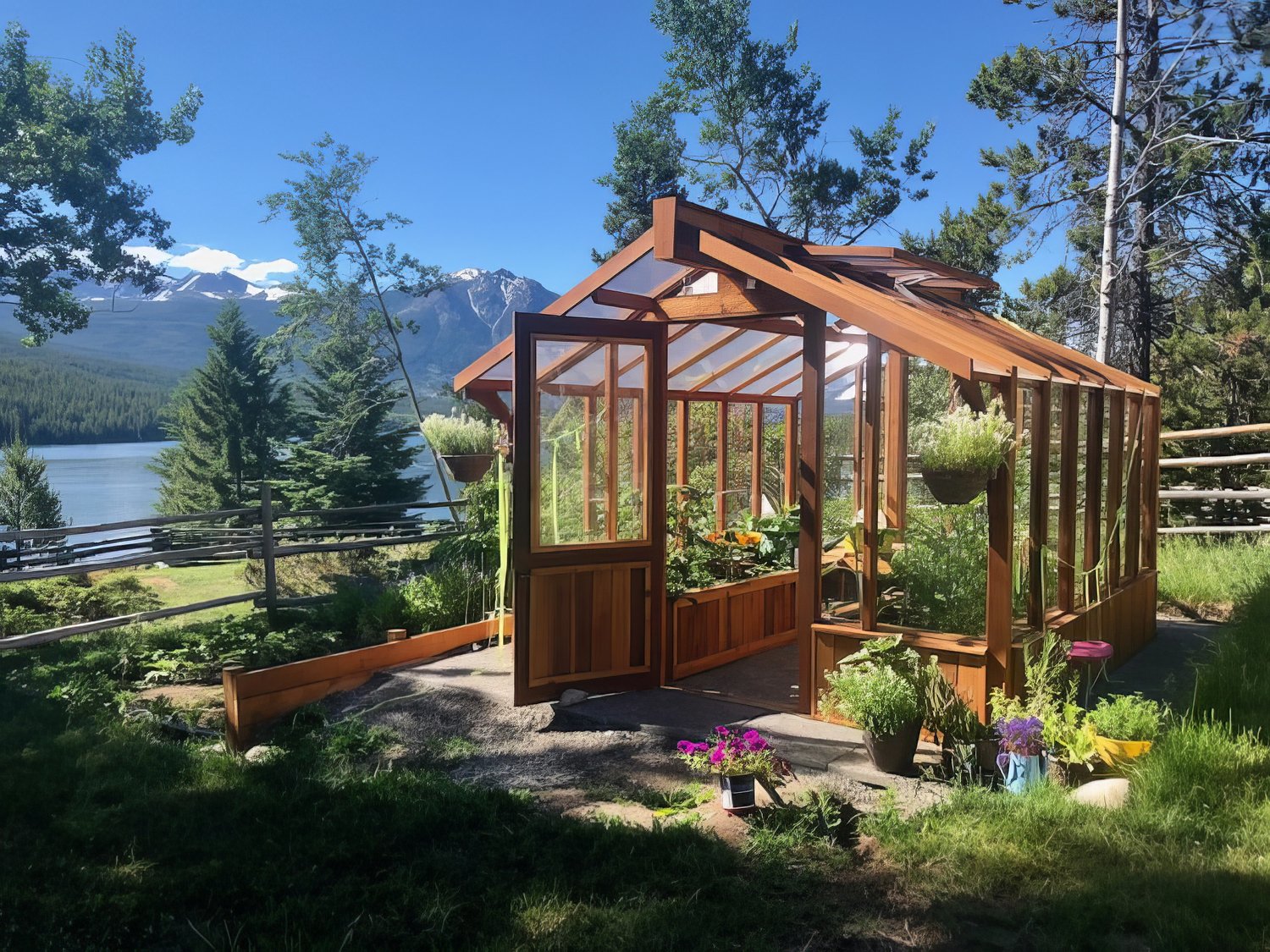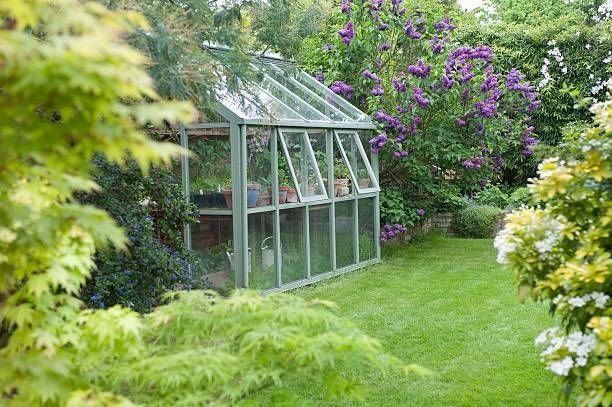The Future of Greenhouses: Advancements in Lasting Agriculture
Are you curious concerning the future of greenhouses and how they are revolutionizing sustainable agriculture? Look no more! In this write-up, we will explore the exciting developments that are leading the way for a greener and extra reliable farming market. From innovative climate control systems to upright farming methods, water-efficient irrigation approaches, renewable resource assimilation, and wise data analytics, these improvements are changing the way we expand our food. Prepare to discover the future of sustainable agriculture in greenhouses!
Advanced Climate Control Systems
To accomplish optimal growing conditions, you can depend on the improvements in greenhouses with advanced environment control systems. These systems have changed the way we grow crops, providing a regulated atmosphere that is favorable to plant growth. With these cutting-edge systems, you can now control temperature level, moisture, light levels, and even CO2 concentrations to develop the ideal conditions for your plants to prosper.
One of the essential features of these sophisticated climate control systems is their capacity to control temperature level. By utilizing sensors and automated controls, the greenhouse can change the temperature based on the details needs of the plants. This makes certain that they are never ever exposed to severe warm or cold, which can be destructive to their growth.
Moisture control is an additional critical element of these systems. By preserving the excellent humidity degrees, you can stop issues such as mold, mold, and disease from influencing your plants. These systems can additionally manage the quantity of light that reaches the plants, making sure that they obtain the optimal amount for photosynthesis.
Additionally, advanced climate control systems can also manipulate CO2 concentrations. By raising the degrees of carbon dioxide in the greenhouse, you can enhance plant development and efficiency. This is particularly valuable in areas with reduced natural CO2 levels.
Vertical Farming Methods
One crucial upright farming method is utilizing piled expanding systems. Monarch Greenhouse installation Utah. These systems entail preparing plants in multiple layers, up and down stacked on top of each various other. By making use of upright space, farmers can maximize their crop return without needing extra land. Piled growing systems are commonly used in urban areas where room is limited.
One prominent method is called vertical hydroponics, where plants are expanded in nutrient-rich water without soil. This method is extremely effective as it lowers water usage by as much as 90% compared to typical farming techniques. In addition, given that the plants are expanded inside your home, they are shielded from illness and parasites, minimizing the requirement for chemicals.
One more method is aeroponics, which entails putting on hold the plant origins in a haze or air setting. This method allows for ideal nutrient absorption and oxygenation, resulting in faster development and higher yields. Aeroponics additionally uses much less water than conventional farming and can be carried out in upright systems, making it a prominent selection for vertical farming.
Water-efficient Irrigation Techniques
Taking full advantage of water conservation is necessary when it involves carrying out water-efficient irrigation techniques in lasting farming. With worldwide water deficiency ending up being a pushing issue, it is crucial to create innovative methods that maximize water usage in greenhouse operations.
One appealing method is drip irrigation, which supplies water straight to the plant origins, decreasing waste and evaporation. By utilizing a network of tubes with small emitters, water is used slowly and specifically, ensuring that plants receive the required wetness without excess drainage.
One more efficient method is the use of dirt dampness sensors. These weed killer for lawns gadgets determine the wetness material in the dirt and provide real-time data to farmers. By monitoring the dirt's moisture degrees, farmers can properly establish when and exactly how much water to apply, protecting against over-irrigation.
Additionally, the application of rain harvesting systems is gaining popularity in greenhouse agriculture. Gathering rainwater from rooftops and saving it in storage tanks permits farmers to use this natural deposit for irrigation functions, reducing reliance on typical water sources.
Last but not least, the fostering of automated irrigation systems can substantially boost water performance. These systems utilize sensing units to spot dirt dampness degrees and weather, changing irrigation schedules as necessary. By maximizing water usage based on real plant demands, these systems can reduce water waste and promote sustainable farming practices.
Renewable Resource Integration
Eco-friendly power combination in greenhouses uses a number of benefits, consisting of lowered running expenses and decreased dependence on non-renewable power sources. The generated power can after that be utilized to run various procedures within the greenhouse, such as ventilation, home heating, and illumination systems. These turbines harness wind find more power and transform it into electrical power, which can be used to supplement the power requirements of the greenhouse.
Smart Information Analytics and Automation
To boost the effectiveness of your greenhouse operations and enhance resource application, think about implementing clever data analytics and automation. Smart data analytics entails collecting and evaluating data from different sensing units and devices within your greenhouse. By checking factors such as temperature level, moisture, light levels, and soil moisture, you can get valuable insights into the wellness and growth of your plants. This information can aid you make informed choices concerning changing ecological conditions, enhancing watering timetables, and avoiding possible concerns before they develop.
This can include automating the control of illumination, ventilation, irrigation systems, and nutrient shipment. By automating these processes, you can guarantee that your plants receive the best conditions and nutrients at the right time, without the requirement for constant manual intervention.
In addition, smart data analytics and automation can interact synergistically. The information accumulated by sensing units can be utilized to notify automatic systems, allowing them to make real-time adjustments based upon the existing problems. This combination of data analytics and automation can lead to more reliable and accurate resource allocation, inevitably leading to higher yields and far better crop quality.
Verdict
To conclude, the future of greenhouses in lasting agriculture looks appealing. With sophisticated climate control systems, upright farming techniques, water-efficient watering approaches, and sustainable energy assimilation, greenhouses are ending up being much more efficient and eco friendly. Furthermore, making use of clever data analytics and automation further boosts productivity and reduces waste. These innovations are leading the way for an extra sustainable and reliable agricultural market, ensuring a greener and much healthier future for all.

By optimizing water usage based on actual plant needs, these systems can minimize water waste and promote lasting farming YOURURL.com practices.
